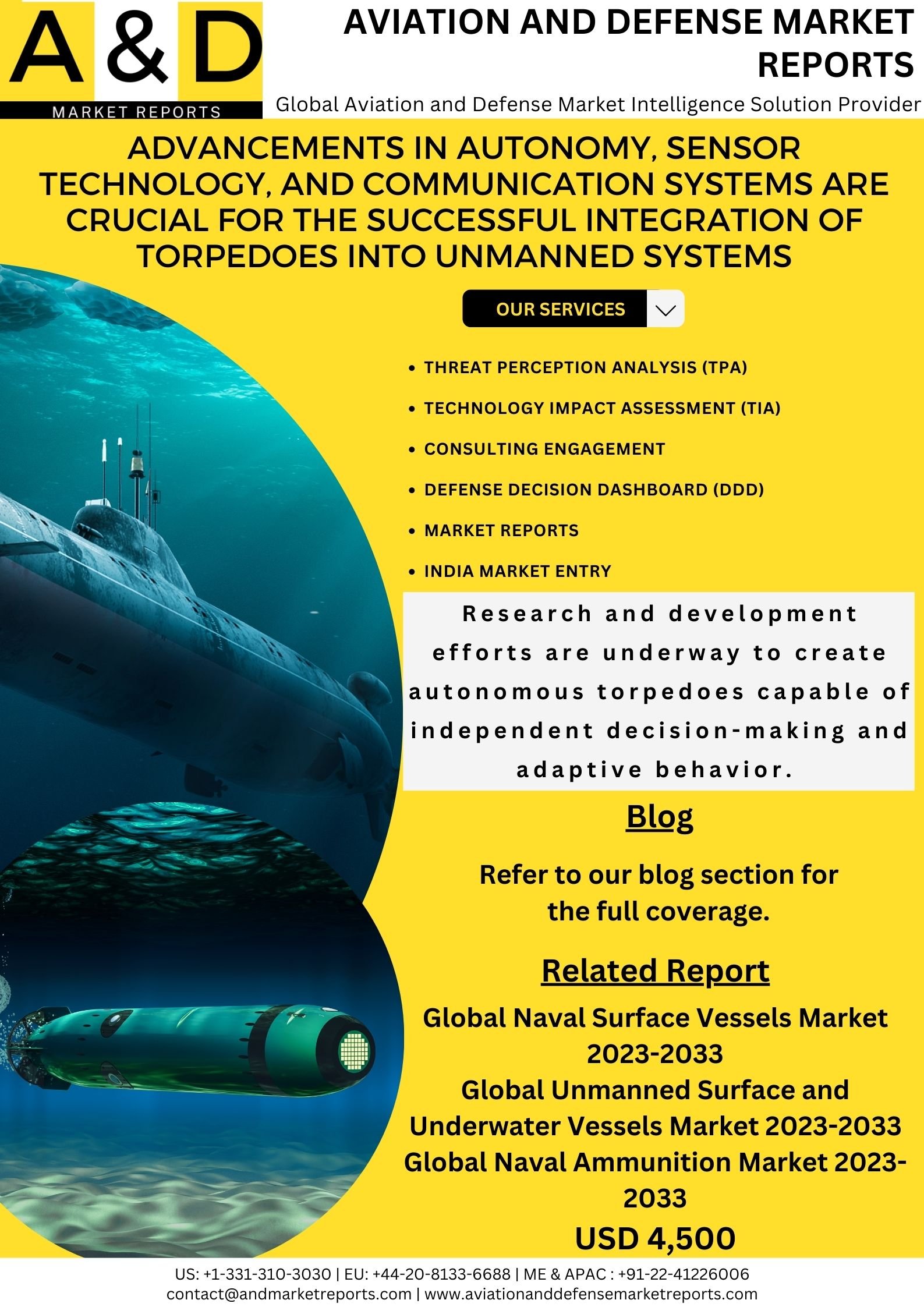0Torpedoes have been used in naval warfare for over a century and continue to be an essential weapon for modern navies. They provide a potent means of attacking enemy vessels from a concealed position underwater, making them a significant threat to naval forces. Its primary purpose is to attack and destroy enemy ships or submarines. Torpedoes are typically cigar-shaped and contain a warhead, propulsion system, and guidance mechanism.
Torpedoes are propelled by various means, including electric batteries, compressed air, or combustion engines. They are equipped with sophisticated guidance systems, such as wire-guided or acoustic homing systems, to track and strike their intended targets accurately. Upon impact, the torpedo’s warhead detonates, inflicting damage to the target vessel through the force of the explosion and subsequent flooding.
Torpedoes can be categorized into two main types: lightweight torpedoes and heavyweight torpedoes. Lightweight torpedoes are usually used by aircraft and surface vessels and are smaller in size. They are primarily designed for anti-submarine warfare (ASW) and anti-ship warfare (ASuW) missions. Heavyweight torpedoes, on the other hand, are launched from submarines and are larger and more powerful. They can engage both surface ships and submarines.
Some key characteristics and features of lightweight torpedoes are:
Size and Weight: Lightweight torpedoes are generally smaller and lighter than heavyweight torpedoes, making them suitable for launch from various platforms. Their compact size allows for ease of handling, storage, and deployment.
Warhead: Lightweight torpedoes are equipped with warheads designed to inflict damage upon impact on the target. The warhead may use high explosives or shaped charges to maximize the destructive effect.
Range and Speed: While the range and speed of lightweight torpedoes may vary depending on the specific model and manufacturer, they generally have a shorter range and lower top speed compared to heavyweight torpedoes. However, advancements in technology have led to improvements in their range and speed capabilities.
Multi-Role Capabilities: Lightweight torpedoes can be configured to perform multiple roles, such as engaging submarines, surface vessels, or even fast attack craft. They offer versatility in their mission profiles and can adapt to different operational requirements.
ADVANCEMENTS
Advancements in torpedo technology have been driven by the need to improve effectiveness, accuracy, range, and stealth. Here are some notable advancements in torpedo technology:
Propulsion Systems: Torpedoes have seen advancements in propulsion systems to enhance their speed, range, and maneuverability. Modern torpedoes use advanced electric motors, high-energy-density batteries, or fuel cells to increase their underwater endurance and speed. Some torpedoes even incorporate pump-jet propulsion systems for quieter operation.
Guidance Systems: Torpedo guidance systems have improved significantly. Wire-guided torpedoes, which are controlled by wires connected to the launching platform, allow for real-time guidance updates during the torpedo’s flight. Acoustic homing systems use sonar to track and home in on the target while wake-homing torpedoes can lock onto the wake of a target vessel.
Stealth Features: Stealth technology has been incorporated into torpedoes to reduce their acoustic and thermal signatures, making them harder to detect and track by enemy sonar systems. Advances in materials and design have allowed for the reduction of noise and cavitation, minimizing the torpedo’s acoustic signature.
Countermeasures: Torpedo countermeasures have become more sophisticated to increase the survivability of targeted vessels. Some torpedoes employ decoys or jammers to confuse or divert incoming torpedoes. Active and passive anti-torpedo defense systems have been developed to detect, track, and intercept incoming torpedoes.
Increased Range and Lethality: Modern torpedoes have seen advancements in their range and destructive power. Longer-range torpedoes enable submarines or surface vessels to engage targets from a safer distance. Warhead technologies have also improved, allowing for enhanced lethality and tailored effects depending on the mission requirements.
Networking and Data Sharing: Torpedoes can now be integrated into network-centric warfare systems, allowing for real-time data sharing and cooperative engagement. This enables multiple torpedoes to coordinate and attack targets simultaneously, increasing their effectiveness and reducing the chances of target evasion.
Autonomous Capabilities: Research and development efforts are underway to create autonomous torpedoes capable of independent decision-making and adaptive behavior. These torpedoes could use artificial intelligence and advanced algorithms to assess the environment, identify targets, and adjust their tactics accordingly.
TORPEDOES FOR UNMANNED SYSTEMS
Torpedoes are also being developed and adapted for use in unmanned systems, including unmanned underwater vehicles (UUVs) and autonomous underwater vehicles (AUVs). These unmanned systems equipped with torpedoes offer various advantages and applications:
Anti-Submarine Warfare (ASW): Unmanned systems with torpedoes can be employed for ASW missions. They can autonomously search for and engage enemy submarines, providing an additional layer of defense for naval forces.
Mine Countermeasures: Torpedo-equipped UUVs can be used for mine countermeasure operations. They can locate, identify, and neutralize underwater mines using their torpedoes, reducing the risk to manned vessels and personnel.
Intelligence, Surveillance, and Reconnaissance (ISR): Unmanned systems equipped with torpedoes can gather valuable intelligence by conducting covert surveillance and reconnaissance missions. They can remain underwater for extended periods, monitoring and collecting data on enemy activities.
Offensive Operations: Unmanned systems armed with torpedoes can be employed for offensive operations. They can launch torpedo attacks against enemy vessels or critical targets, leveraging their autonomy and stealth to surprise and engage the enemy.
CONCLUSION
Advancements in torpedo technology continue to enhance the capabilities of naval forces, providing them with more effective and versatile underwater weapons for maritime operations.
